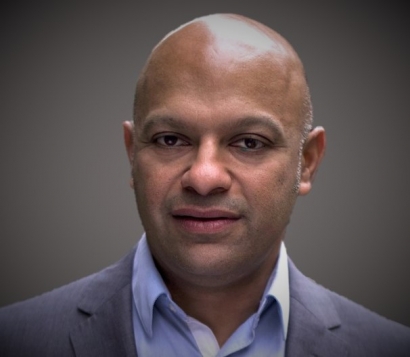
The story of deep geothermal has potential to mirror offshore wind’s swift and steep escalation from niche to mainstream. Reusing end-of-life wells to draw heat from the ground for large scale heating, cooling and power production is a prime target for smart ethical investment, forecasts Sital Joshi, new interim Chief Financial Officer for geothermal delivery company CeraPhi Energy.
COP26 left us in no doubt that energy systems must change quickly and financial funders, public and private, have leading roles in making that change happen.
Arguably, funders have a responsibility to deliver not just the energy transition but also the 17 United Nations Sustainable Development Goals.
CeraPhi believes geothermal is best placed to deliver on both. Funding geothermal is an ethical investment because it brings huge social impact globally by taking energy to the consumer alleviating fuel poverty and improving lives of normal people
COP26 reinforced ESG (Environmental, Social and Governance) as the ‘first tick in the box’ of any investment appraisal. Geothermal assures this and provides secure long-term yields. It is best placed to meet the United Nations Sustainable Development Goals (SDG).
To accelerate geothermal energy’s part in the energy transition jigsaw by getting commercial projects moving and energy into the system, the message must hit home to investors, the government, and potential clients that geothermal can be harnessed everywhere, technologies have advanced to minimise drilling risk, and are insurable, and
The non-intermittent and baseload nature of the power supplied aligns geothermal to UN SDG.
This alignment is crucial. At CeraPhi, they believe that they are pioneering ESG in the sector and are deploying significant resource in ensuring we provide leadership in not just high ESG performance but, pursuing UN SDG also. It is their organizational DNA.
The company's goal is more than 100GW of geothermal energy capacity in the next 10 years, much of that by repurposing old oil and gas wells to draw up heat for direct heat and cooling, and power generation.
By reusing old assets by using bespoke technology to draw up geothermal heat instantly dispels the biggest obstacle to geothermal, the risk of drilling.
Access that geothermal energy can only be produced where there are volcanos and seismic activity is also a log-held misconception. Heat is everywhere. The deeper you drill the hotter it gets. Effectively mining that heat and moving it from the sub surface to the surface to use as energy anywhere and everywhere.
CAPEX, previously a blocker for development, will be significantly reduced with approaches that remove the drilling and explorational risk previously encountered within the conventional geothermal space.
Reusing end or nearly at end-of-life assets to tap into the baseload, plentiful energy under the ground that is not dependent on weather like wind and solar and is largely accessible everywhere and anywhere. It also takes away liability for plugging and abandoning the wells by the owner.
CeraPhi's advanced geothermal system process using a closed loop system means that it is isolated from any sub surface formation that included fluids, so no seismicity is created.
In terms of funding, the company feels oil majors –have a part to play. In making large-scale geothermal project happen, and the only way is collaboration on funding and resources and be proactive in joint ventures.
They must move towards collaboration and change their culture. They have the skill set and the money for the energy transition.

